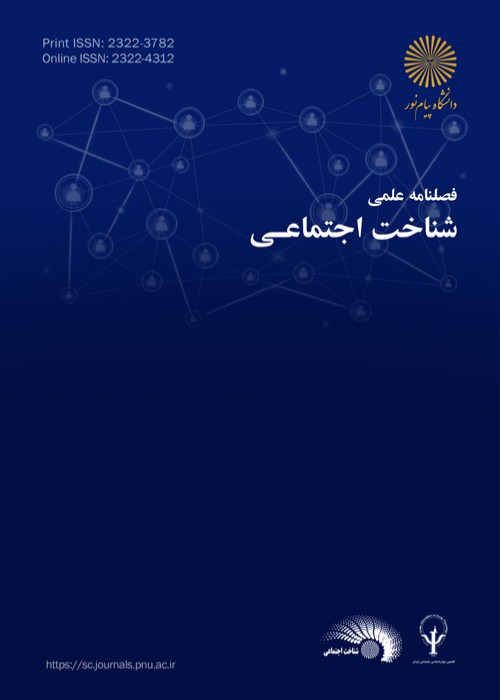The role of cognitive consistency in the relationship between implicit and explicit social cognition
Author(s):
Abstract:
Objective
Social cognition is divided to implicit and explicit arenas. Gawronski & Bodenhausen (2006)’s Associative-Propositional Evaluation model predicts that during the translation of a particular cognition from implicit to explicit, consistency of this specific implicit cognition with explicit versions of other cognitions is examined and the more consistency is found, the less necessity will be to modify this cognition, and therefore, the resulting explicit version will have a stronger relationship with its original implicit version. This study aims to test this hypothesis in the context of three cognitions of gender identity, major identity, and gender-major stereotype. In addition, investigation of the moderating role of consistency with other implicit cognitions in the implicit-explicit relationship will be pursued as an exploratory objective. Method
One hundred and ninety-two undergraduate students from two universities in Tehran (half humanities and half math-engineering, half female and half male) participated in this correlational study. The three cognitions were measured both indirectly using Implicit Association Test (Greenwald, McGhee & Schwartz, 1998), and directly using Likert questions. For each cognition, hierarchical regression analyses were applied to test the moderating role of cognitive consistency. Results
Neither consistency with other explicit cognitions nor consistency with other implicit cognitions significantly moderated the relationship between implicit and explicit versions of either gender identity or major identity. In case of stereotype, whereas consistency with other explicit cognitions was not a significant moderator, consistency with other implicit cognitions was marginally significant. Conclusion
Gawronski & Bodenhausen (2006)’s theory was confirmed for none of the three cognitions. As for the stereotype, results indicate that two processes other than the one depicted in this theory might be involved in the construction of explicit stereotype: one process based on the other explicit cognitions, and the other based on the consistency between the three cognitions in the implicit arena.Keywords:
Language:
Persian
Published:
Quarterly Journal of Social Cognition, Volume:1 Issue: 1, 2012
Page:
11
magiran.com/p1126830
دانلود و مطالعه متن این مقاله با یکی از روشهای زیر امکان پذیر است:
اشتراک شخصی
با عضویت و پرداخت آنلاین حق اشتراک یکساله به مبلغ 1,390,000ريال میتوانید 70 عنوان مطلب دانلود کنید!
اشتراک سازمانی
به کتابخانه دانشگاه یا محل کار خود پیشنهاد کنید تا اشتراک سازمانی این پایگاه را برای دسترسی نامحدود همه کاربران به متن مطالب تهیه نمایند!
توجه!
- حق عضویت دریافتی صرف حمایت از نشریات عضو و نگهداری، تکمیل و توسعه مگیران میشود.
- پرداخت حق اشتراک و دانلود مقالات اجازه بازنشر آن در سایر رسانههای چاپی و دیجیتال را به کاربر نمیدهد.
In order to view content subscription is required
Personal subscription
Subscribe magiran.com for 70 € euros via PayPal and download 70 articles during a year.
Organization subscription
Please contact us to subscribe your university or library for unlimited access!



